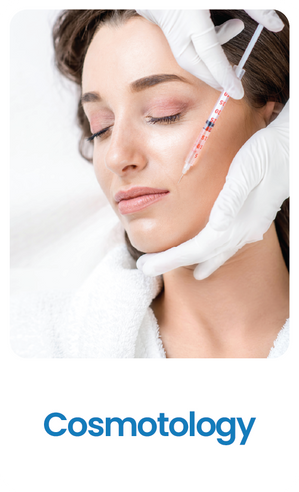Beard & Mustache Transplant
Beard and mustache transplantation is a cosmetic procedure gaining popularity among men who wish to achieve a fuller, well-defined facial hairline. Whether the goal is to enhance patchy areas, reconstruct beard hair lost due to trauma, or shape a new beard design, this treatment offers long-lasting, natural-looking results.

Beard and Moustache Transplant in Bangalore

Causes of Patchy Beard or Mustache Hair Loss
Several factors may contribute to patchy or uneven beard and mustache growth:
-
Genetic predisposition
-
Hormonal imbalances (low testosterone)
-
Scarring from trauma or surgery
-
Burn injuries or skin infections
-
Autoimmune conditions (e.g., alopecia areata)
Nutritional deficiencies or stress
Symptoms Indicating Beard or Mustache Hair Gaps
Facial hair loss or sparse growth may present as:
-
Incomplete beard formation
-
A patchy or thin mustache
-
Uneven density on one or both sides of the face
-
Scarring with no regrowth of hair
-
Delayed or poor growth during adolescence
If you're experiencing these issues and desire facial hair restoration, consult a skilled hair transplant surgeon.


Beard & Mustache Transplant Procedure
At SurgiDerma Cosmetic and Plastic Surgery Center, beard and mustache restoration is done through Follicular Unit Extraction (FUE) or Follicular Unit Transplantation (FUT) techniques.
Procedure Highlights:
-
Local anesthesia is administered for a painless experience.
-
Individual follicular grafts are carefully placed to match natural hair growth direction.
-
Custom beard shaping can be achieved based on your aesthetic preference.
-
No stitches are required in FUE; recovery is quicker and more comfortable.
Preparing for a Beard & Mustache Transplant
Before undergoing the transplant, you’ll receive specific pre-care instructions such as:
-
Avoid smoking and alcohol for at least a week.
-
Discontinue blood-thinning medications if advised by your doctor.
-
Keep the beard area clean and free of any skin products on the day of surgery.
The procedure is suitable for men aged 20 and above with realistic expectations and adequate donor hair. It is not recommended during certain medical conditions or while on immunosuppressants.

Post-Procedure Care and Results
After the procedure:
-
Tiny scabs will form and shed within 7–10 days.
-
Transplanted hair initially falls out after 2–4 weeks (a normal part of the growth cycle).
-
New permanent hair begins to grow in 3–4 months.
-
Full results are usually visible within 8–12 months.
Proper follow-up with your surgeon is essential for optimal results. Any beard styling or shaving should only begin once your doctor permits.






